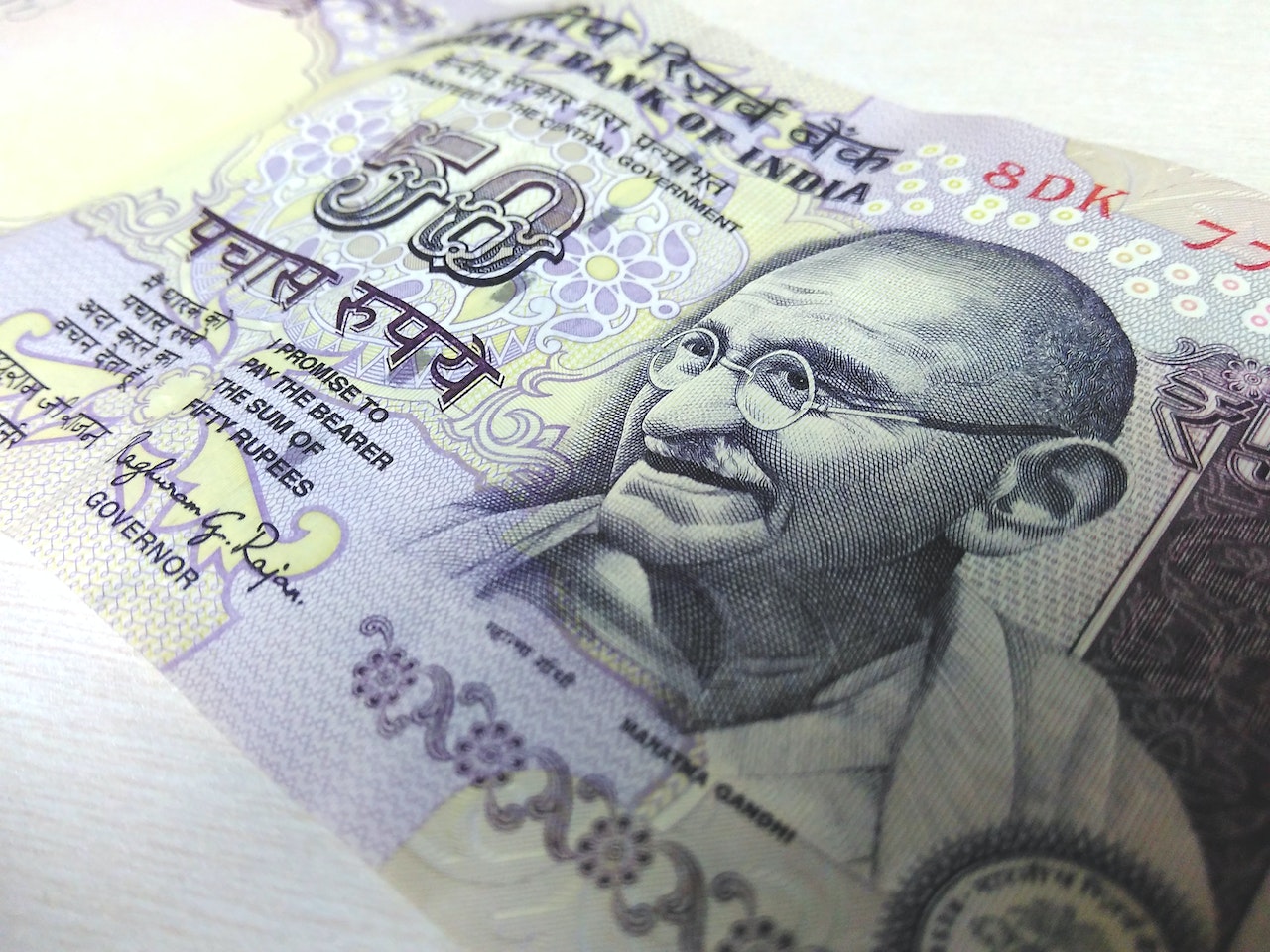All About the Indian Rupee: History, Design, and Significance

The Indian rupee is the official currency of India and is one of the oldest and most widely used currencies in the world. It has a rich history and has undergone several transformations over the years, both in terms of its design and value.
In this article, we will take a closer look at the Indian rupee, its origins, design elements, significance, and more.
Origins and History of the Indian Rupee
The Indian rupee has a long and fascinating history that dates back to ancient India. The earliest known coins that were used in India were the silver punch-marked coins that were issued between the 6th and 2nd centuries BCE. These coins were inscribed with symbols that were punched onto the coin using a die, hence the name “punch-marked”.
Over the centuries, the Indian rupee continued to evolve, and various rulers introduced their own coins and currencies. However, it was not until the 16th century, during the rule of the Mughal Empire, that a standardized currency was introduced in India. The Mughals introduced the silver rupee, which quickly became the most widely used currency in India.
In the 19th century, the British East India Company took control of India and introduced the British Indian rupee. The British Indian rupee continued to be the official currency of India until India gained its independence in 1947, after which the Indian rupee was introduced as the country’s official currency.
Design Elements of the Indian Rupee
The Indian rupee has undergone several design changes over the years. The modern Indian rupee features the image of Mahatma Gandhi on the front and various Indian motifs and symbols on the back. The notes are printed in a variety of colors, with different denominations having different colors to make them easily identifiable.
One of the unique features of the Indian rupee is the use of the Devanagari script on the notes, which is the script used for Hindi and other Indian languages. This makes the notes easily recognizable for Indian citizens who may not be literate in English.
In addition to the notes, the Indian rupee also has a variety of coins in different denominations, including the 1 rupee coin, which features the image of a lotus flower, and the 2 rupee coin, which features the image of a tiger.
The Importance of the Indian Rupee in the Global Economy
The Indian rupee is an important currency in the global economy, with India being the world’s sixth-largest economy by nominal GDP. The Indian rupee is widely traded on international currency markets and is one of the most actively traded currencies in Asia.
The Indian rupee also plays an important role in the international trade of commodities, such as oil and gold. India is one of the largest importers of oil in the world, and as a result, the Indian rupee is often used to pay for oil imports.
In addition to its role in international trade, the Indian rupee is also an important currency for remittances. India is the largest recipient of remittances in the world, with millions of Indians living and working abroad and sending money back home to their families.
The Role of the Reserve Bank of India in Managing the Rupee
The Reserve Bank of India (RBI) is the central bank of India and is responsible for managing the Indian rupee. The RBI is responsible for issuing currency, setting interest rates, and regulating the banking system in India. One of the main ways in which the RBI manages the Indian rupee is through the use of the monetary policy.
By adjusting interest rates and controlling the supply of money in the economy, the RBI can influence the value of the Indian rupee and maintain stability in the financial system.
The RBI also plays an important role in regulating the foreign exchange market in India. The RBI sets rules and regulations for foreign exchange transactions and is responsible for maintaining the stability of the rupee in the global currency markets.
The Future of the Indian Rupee
The future of the Indian rupee is subject to many factors, including the global economy, government policies, and technological advancements. One factor that may impact the future of the rupee is the rise of digital currencies. The Reserve Bank of India has been exploring the possibility of creating a central bank digital currency (CBDC) to complement the existing paper currency.
Another factor that may impact the future of the rupee is India’s economic growth. As the country continues to develop and expand its industries, it is likely that the demand for the rupee will increase. However, this growth may also lead to inflation and currency fluctuations, which could impact the value of the rupee.
Government policies can also play a role in the future of the rupee. The government can implement measures to strengthen the rupee, such as increasing foreign investment and improving the country’s trade balance. Alternatively, policies that negatively impact the economy, such as high inflation or political instability, could harm the value of the rupee.
Overall, the future of the Indian rupee is uncertain and subject to many factors. However, as one of the most widely used currencies in the world, it is likely to remain an important player in the global economy.
And, finally, to conclude, the Indian rupee is a fascinating currency that has a rich history and a bright future. It has played an important role in the development of India’s economy and has gained increasing importance in the global economy. As the world continues to evolve and change, so too will the Indian rupee, and it will be interesting to see how it continues to adapt and grow in the years to come.





